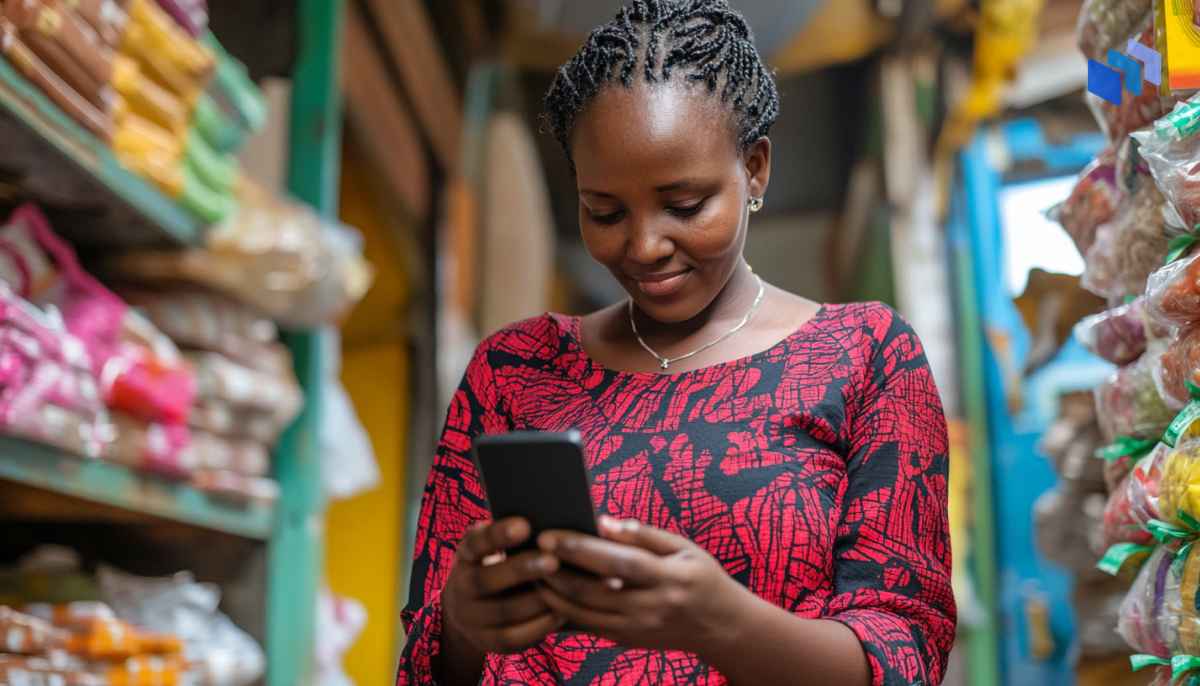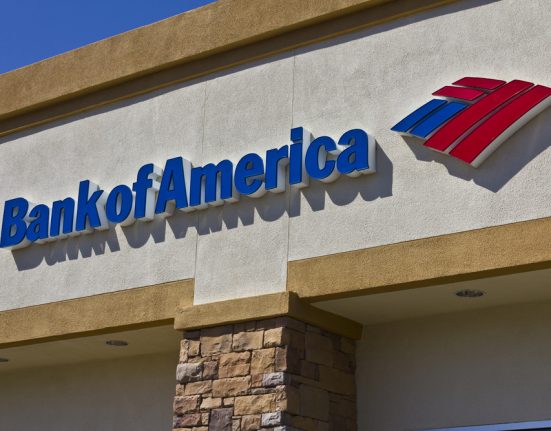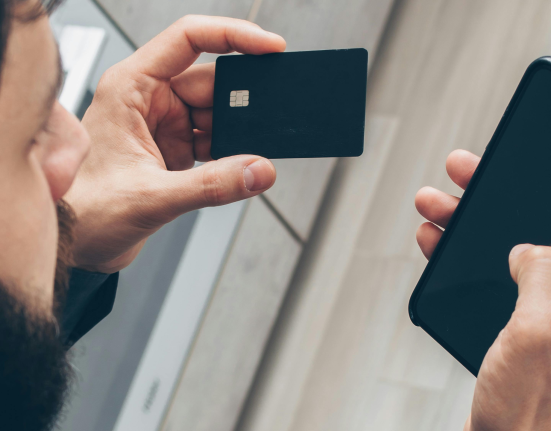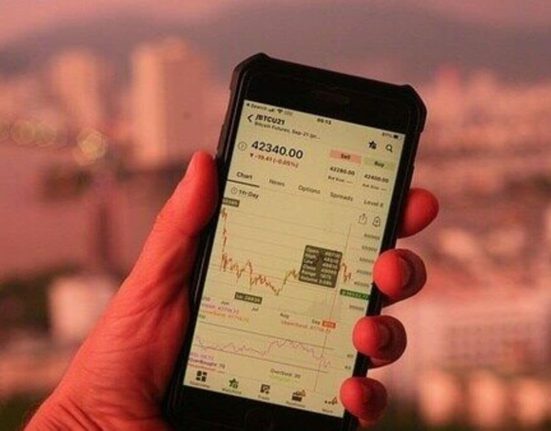Bank branches are no longer the only way for people to manage their money. Across the world, billions are opening accounts, sending payments, and even borrowing funds without visiting a physical bank. Mobile financial services have turned phones into personal banking tools, reaching places that traditional institutions have overlooked for decades.
This article explores new data from the World Bank’s 2025 Global Findex report on how access to mobile bank accounts is growing. It looks at the countries leading the way, the everyday ways people are using these services, and the challenges that still keep millions outside the financial system.
Key Takeaways
- Around 79% of adults worldwide now have a mobile bank account, and in low- and middle-income countries, most of these accounts are linked to phones or cards.
- Sub-Saharan Africa leads the way in adopting mobile banking, with Zambia, Kenya, Uganda, and Ghana seeing rates more than 40 points higher than traditional banking.
- People increasingly use mobile services to save money, make quick transfers, and pay for goods without relying on cash.
- Small businesses gain an advantage with mobile banks, as digital records help them track sales and apply for credit more easily.
- Wider access to mobile bank account options will depend on affordable services, reliable payment networks, and strong consumer protections.
Table of Contents
Table of Contents
Global Trends in Mobile Banking
Mobile phones are transforming the way people access financial services across the world. The data shows that 79% of adults now have an account with a bank, a mobile money provider, or both. In low- and middle-income economies, the figure stands at 75%, and over half of these accounts are linked to mobile phones or payment cards.
In low-income countries, the growth of mobile money has been striking over the past decade:
- 2014: Only 6.8% of adults used mobile money, compared with 15.2% who had a bank account.
- 2017: Mobile money rose to 15.2%, while bank account ownership reached 23.4%.
- 2021: Climbed to 18.3%, with banks at 24.5%.
- 2024: Mobile money overtook traditional banks, reaching 31.8% compared to 25.8% for bank accounts.
This growth shows how mobile banking is filling gaps left by traditional branches, making it easier for millions to join the financial system.
The biggest changes are happening in Sub-Saharan Africa, where mobile access is far ahead of traditional banking:
- Zambia: Mobile money accounts lead by 45 percentage points.
- Kenya: A 42-point gap, largely thanks to mobile money transfer services that make sending and receiving payments simple.
- Uganda: Another 42-point lead, with mobile wallets widely used for bills, shopping, and everyday expenses.
- Ghana: Mobile finance tools for saving and borrowing have pushed adoption 40 points above banks.
Other regions, including Latin America, Asia, and parts of Europe, are starting to show the same trend. As people gain access to mobile wallets and payment tools, they increasingly bypass traditional branches for everyday banking needs.
How People Use Mobile Banking Services
Once people have an account on their phone, it quickly becomes part of their daily life. Mobile access isn’t just about having a safe place to hold money – it’s about handling payments, savings, and small loans more easily.
- Saving through mobile accounts: In 2024, 40% of adults in low- and middle-income economies saved using an account. That’s a strong increase compared to earlier years. In Sub-Saharan Africa, 23% of adults saved with mobile money, while the figure reached 19% in Latin America and the Caribbean.
- More digital payments: Around 61% of adults in these regions, or 82% of account holders, made or received a digital payment in 2024. Digital merchant payments now reach 42% of adults, replacing cash for many in shops and online.
- Everyday practical uses: People can make small deposits through local agents, repay loans using an app, and even pay for solar electricity directly from their phones.
- New opportunities for small businesses: Mobile banking technology helps merchants keep a digital record of their sales. These records can support credit applications or small loans, giving businesses more room to grow.
Yet a large share of the population still has no account. Many of the 1.3 billion adults left out already own a phone and have an ID, but lack products they can afford and trust. Expanding mobile finance will depend on stronger payment systems and solid consumer protection, so more people can use these services safely.
Why Mobile Banking Services Are Growing
Mobile phones have made it easier for people to access financial services, even in places where bank branches are hard to reach. The data shows that account ownership is climbing steadily in low- and middle-income economies, and more than half of these accounts are now digitally enabled.
The rise of mobile financial services is driven by a mix of simple technology, strong network reach, and tools that help people manage their money in practical ways.
- Accessibility is a big driver: Phone-number-based accounts work on basic handsets and connect to local agent networks. This setup keeps costs low and allows mobile accounts to spread quickly in areas with few traditional banks.
- Trust and inclusion go hand in hand: Mobile networks reach remote communities where banks rarely operate. Local agents handle deposits and cash-outs face-to-face, helping people feel more comfortable using these services while keeping their transactions recorded digitally.
- Everyday uses make adoption stick: Many turn to mobile money transfer services to send money to family or pay friends quickly, while a mobile wallet makes it easy to settle utility bills or pay in shops without handling cash. Over time, people start using mobile finance features to set money aside or borrow small amounts when needed. For small businesses, a broader financial services platform can combine these tools in one place, helping them track sales and build the kind of record that makes applying for credit less daunting.
The Bottom Line
Mobile financial services are reshaping the way people handle money across the world. In many low-income countries, phone-based accounts have already overtaken traditional banks, giving millions their first reliable way to save, send, and spend money safely.
With stronger payment systems, clear consumer protections, and affordable, easy-to-use products, mobile financial services could reach billions more in the years ahead, making financial inclusion a reality on a much larger scale.
FAQs
Mobile financial services let people use their phones to handle money. With a mobile bank account or a mobile wallet, they can save, send, and receive funds without going to a branch. These services make everyday banking faster and easier for millions of users.
An MFS payment happens when money is moved through a mobile financial services platform. It can be a transfer to a friend, paying a bill, or making a shop purchase. The process is quick, secure, and works directly on a mobile phone.
A mobile money service provider offers access to mobile banks or wallets through a phone-based system. Telecom operators and fintech companies often run these services, letting people deposit, withdraw, and make payments without relying on a traditional bank branch.
Alipay is currently the largest service of its kind. Run by Ant Group, it serves over 1.3 billion users and millions of merchants globally, making it a leading name in mobile financial services.
References
- Digital technology is unlocking financial inclusion (Blogs.WorldBank)







